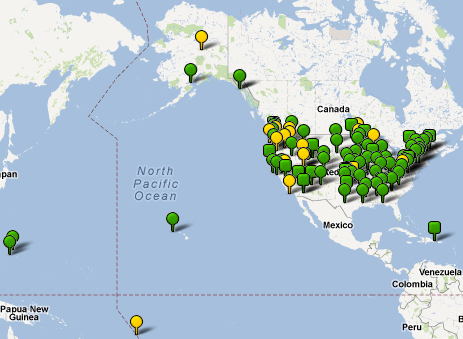Data Exchange Description
The Toxics Release Inventory (TRI) is an EPA program enacted as part of the Emergency Planning and Community Right to Know Act (EPCRA) of 1986. Every year, tens of thousands of facilities in the United States submit reports to EPA and the States on releases and other waste management of certain toxic chemicals. Facilities are required to use the Toxics Release Inventory – Made Easy Web (TRI-MEweb) application available through the Central Data Exchange (CDX) to report their TRI data.
TRI Data Exchange (TDX): TRI-MEweb converts reported and certified data into XML and automatically forwards copies of electronic TRI submissions to state Exchange Network Nodes. TDX allows states to receive raw TRI data in real time and reduces the burden on reporting facilities, allowing them to submit only once through CDX, with the data being sent to both EPA and their state simultaneously. The Flow Implementation Guide provides a high-level overview of this data flow.
To Join the Toxics Release Inventory (TRI) Data Exchange: State IT managers interested in getting TRI data through the TRI Data Exchange or who have questions regarding their current data flows should contact Juan Parra at [email protected] for assistance.
Memorandum of Agreement
States participating in TDX must sign a Memorandum of Agreement (MOA) with EPA that outlines the specific roles and responsibilities between the State and EPA for the purposes of successfully transmitting TRI data via the Exchange Network. Download the most recent Model Memorandum of Agreement.
TRI Form A and Form R Stylesheet Viewers
To view TRI XML data in the more familiar Form A and Form R formats, download an XSLT file that will mark up the TRI Form A and TRI Form R .xml files to a human-readable format. This style sheet assumes that the .xml files are well formed according to the TRI v6.2 schema.
Version Notes
Status: Supported
TRI v6.0 is used to support Reporting Years 2014 and beyond. The Reporting Year 2014 reporting deadline is July 1, 2015.
The TRI schema and supporting documentation have been approved for use on the Exchange Network. Implementation resources for this most recent version follow.

